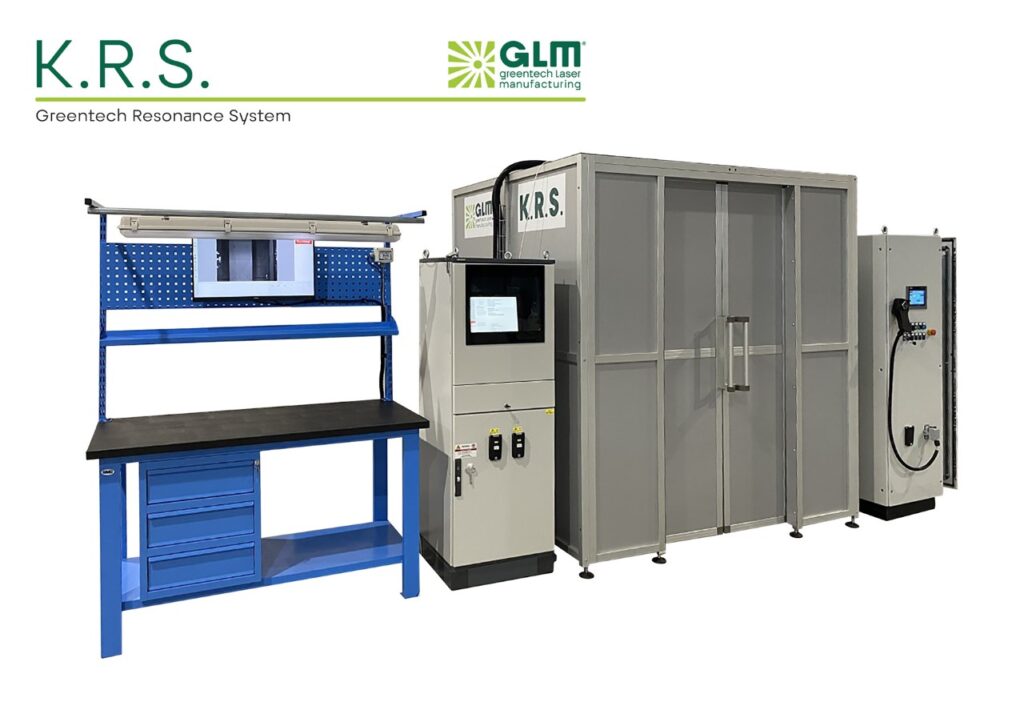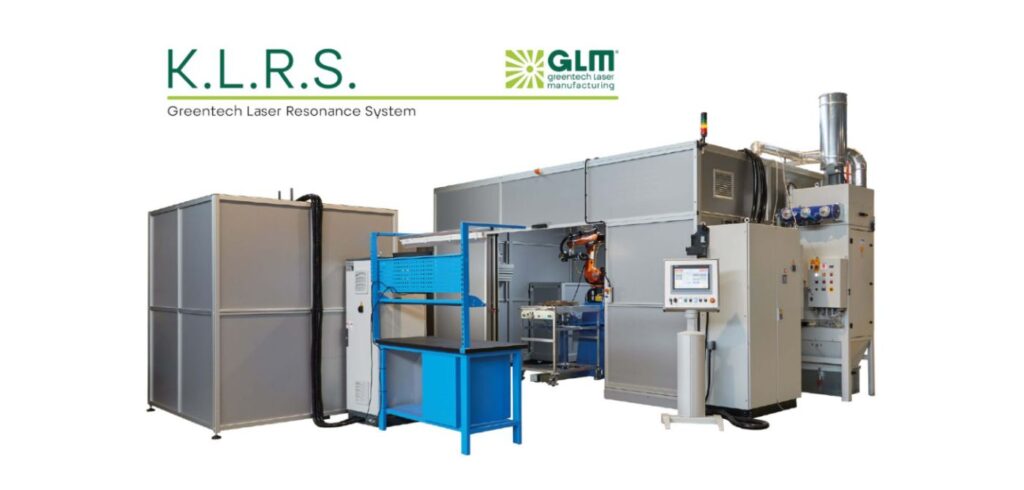TTI speaks to the president of Greentech Laser Manufacturing about its specialized systems developed for the surface treatment and cleaning of metals via environmentally sustainable laser systems.
How was GLM started?
Our story began more than 10 years ago. At that time, we mainly produced chemical products alongside traditional mold-washing machines, using process chemicals, heating elements and wastewater recycling systems, and so on. Having always paid attention to sustainability, we began to think that there could be a sustainable evolution of the cleaning processes of metal surfaces, especially for those of industrial molds. We then combined laser technology with a revolutionary resonance system covered by a global patent and arrived at an integrated system called KLRS. Our idea turned out to be successful, and today we are a leader in the laser-cleaning sector. With the evolution of our technologies and the development of other business branches, we have become leaders in sustainable metal surface treatment sector.
How were your machines developed?
Thanks to decades of experience in the tire industry, we have maintained a focus on quality, energy saving and sustainability. We have been able to develop an integrated system (KLRS) that represents exactly the focus we have set ourselves. This laser technology enables: high-quality cleaning; low energy consumption (with a reduction of more than 60% compared to traditional technologies); a reduction in waste of more than 90%; no use of water or chemicals; no use of CO2; and a resonance system that solves the problem of unlocking spring nozzles.
How does GLM approach research and development?
It stems from the ability to correctly interpret and develop the needs of our customers, finding the most suitable solutions. It also requires a highly competent and professional team, and constant research and testing work. Research and development represents one of our greatest strengths. Through daily analysis of the various problems that customers highlight to us, we elaborate and analyze every possible technological solution, in terms of environmental and economic sustainability. We always try to be at the forefront, and are constantly updated on the latest available technologies and their future evolutions.
Personally, I believe that nowadays nothing is impossible – only a little more complicated and less evident, but potentially achievable.
I use the example of our vision system, which creates enormous savings in terms of time and man-hours in the management of the maintenance of spring vents. The largest company in the sector responded to our feasibility request that it was impossible – six months later we had the solution that enables us to identify on a mold which spring vents are to be replaced, in numbers ranging from 2,000 to 8,000 valves present on a mold. This not only greatly facilitates the work of the maintainer, but also reduces maintenance times significantly.
How does GLM remain flexible?
The technology we have developed enables us to do so. In fact, application sectors are numerous and we are establishing ourselves there too. This innovative technology makes us flexible and dynamic and enables us to find tailormade solutions for different industrial sectors. The consequence is to always be full of new stimuli to be transformed into objectives that will become reality.
Does this mean that you have other technological advances for the near future?
We do not stand still and watch the market, but rather being part of it, we are sensitive to its needs and ready to react with the newest and most innovative solutions. You will see in the near future the evolutions that there will be in the sectors where GLM is evolving.




